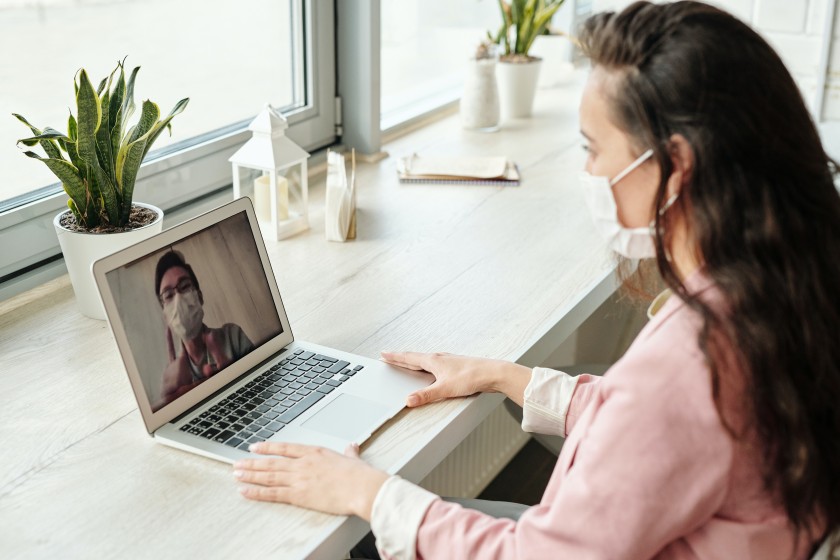Social Distancing, Quarantine and Isolation: How Are They Different?
Published: Apr 14, 2020By Jennifer Crabtree

You may be hearing many new terms and phrases such as “social distancing,” “self-quarantine” and “isolation.” But what do these all really mean and how might they apply to you or your family? As difficult as these strategies to “stop the spread” may be, it’s important to remember the point of them is to save lives.
Paul Nanda, MD, is the Chief Medical Officer at TGH Urgent Care Powered By Fast Track and a board-certified family medicine physician. He has experience providing care around the world for a variety of conditions and diseases.
“When dealing with a disease that is very contagious like COVID-19, the rate of spread is more effectively decreased when you are able to separate those that are sick from those that are not sick,” said Dr. Nanda. “The challenge with COVID-19 specifically is that this illness can be easily spread by those who are asymptomatic or have very mild symptoms. Social distancing helps to lower the chance of those without symptoms, or with mild symptoms, from spreading disease.”
What Exactly Does Social Distancing Mean?
Social distancing, also called “physical distancing,” means keeping space between yourself and other people outside of your home. To practice social distancing:
- Stay at least six feet from other people
- Do not gather in groups
- Stay out of crowded places and avoid mass gatherings
COVID-19 is primarily spread through respiratory droplets from an infected patient who is sneezing and coughing. These droplets tend to fall to the ground and dissipate within a six-foot radius, which is why it’s so important to keep this distance and follow the health care experts’ recommendations, Dr. Nanda explained.
In addition to everyday steps to prevent COVID-19, social distancing is one of the best tools we have to avoid being exposed to COVID-19 and slow its spread. Because people can spread the virus before they know they are sick, it is important to stay away from others when possible, even if you have no symptoms. It is especially important for people who are at higher risk for COVID-19.
What does Self-Quarantine Mean?
Self-quarantine is used to keep someone who might have been exposed to COVID-19 away from others. Health experts recommend that self-quarantine lasts 14 days. This provides enough time for an individual to know whether they will become ill with COVID-19 and be contagious to other people.
You might be asked to practice self-quarantine if you have recently returned from traveling to a part of the country or the world where COVID-19 is spreading rapidly, or if you have knowingly been exposed to an infected person.
If self-quarantining is needed, this means staying at home and remaining at least six feet away from others in your household. Don’t share any items with others, and have your own set of towels, utensils, and a separate area in your house if possible. A no-visitors policy and frequent handwashing are also recommended. After two weeks, if you don’t have symptoms, it’s possible to return to your normal routine — which may be simply a return to social distancing.
“Self-quarantine is key moving forward as we enter the next phase of more available testing and contact-tracing,” said Dr. Nanda. “This will require a great deal of high-level detail, coordinating, patience and cooperation in the coming weeks and months.”
What Does Isolation Mean?
For people who are confirmed to have COVID-19, isolation is appropriate. Isolation is used to separate sick people from healthy people to limit the spread of the virus. This can take place at home or at a hospital facility, which will be recommended on a case-by-case basis by your health care provider.
To better understand how all our efforts to “stop the spread” and protect our community work, Dr. Nanda recommends watching this powerful video from the Ohio Department of Health: https://bit.ly/StopTheSpreadOhio
